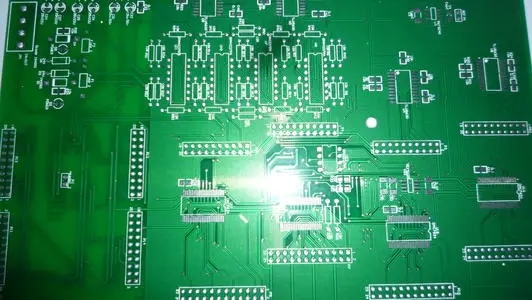Signal integrity (SI) refers to the ability of a signal to respond with the correct timing and voltage in the circuit. If the signal in the circuit can reach the IC with the required timing, duration and voltage amplitude, the circuit has good signal integrity. Conversely, when the signal cannot respond normally, a signal integrity problem occurs. Broadly speaking, signal integrity problems are mainly manifested in five aspects: delay, reflection, crosstalk, synchronous switching noise (SSN) and electromagnetic compatibility (EMI).

Delay means that the signal is transmitted at a limited speed on the wires of the PCB board, and the signal is sent from the sending end to the receiving end, during which there is a transmission delay. The signal delay will have an impact on the timing of the system. In a high-speed digital system, the transmission delay mainly depends on the length of the wire and the dielectric constant of the medium surrounding the wire.
In addition, when the characteristic impedance of the wires on the PCB board(referred to as transmission lines in high-speed digital systems) does not match the load impedance, a part of the energy will be reflected back along the transmission line after the signal reaches the receiving end, which will distort the signal waveform or even signal The overshoot and undershoot. If the signal is reflected back and forth on the transmission line, it will produce ringing and ring oscillation.
Since there is mutual capacitance and mutual inductance between any two devices or wires on the PCB, when a device or signal on a wire changes, its change will affect other devices or inductance through mutual capacitance and mutual inductance. Wire, that is, crosstalk. The strength of crosstalk depends on the geometrical size and mutual distance of devices and wires.
When many digital signals on the PCB boardare switched synchronously (such as CPU data bus, address bus, etc.), due to the impedance of the power line and the ground line, synchronous switching noise will be generated, and ground plane bounce will occur on the ground line. Noise (referred to as ground bomb). The strength of SSN and ground bounce also depends on the IO characteristics of the integrated circuit, the impedance of the power supply layer and ground plane layer of the PCB, and the layout and wiring of high-speed devices on the PCB.
In addition, like other electronic devices, PCBs also have electromagnetic compatibility problems, which are mainly related to the layout and wiring of the PCB board.The above is an overview of signal integrity issues in PCB design.